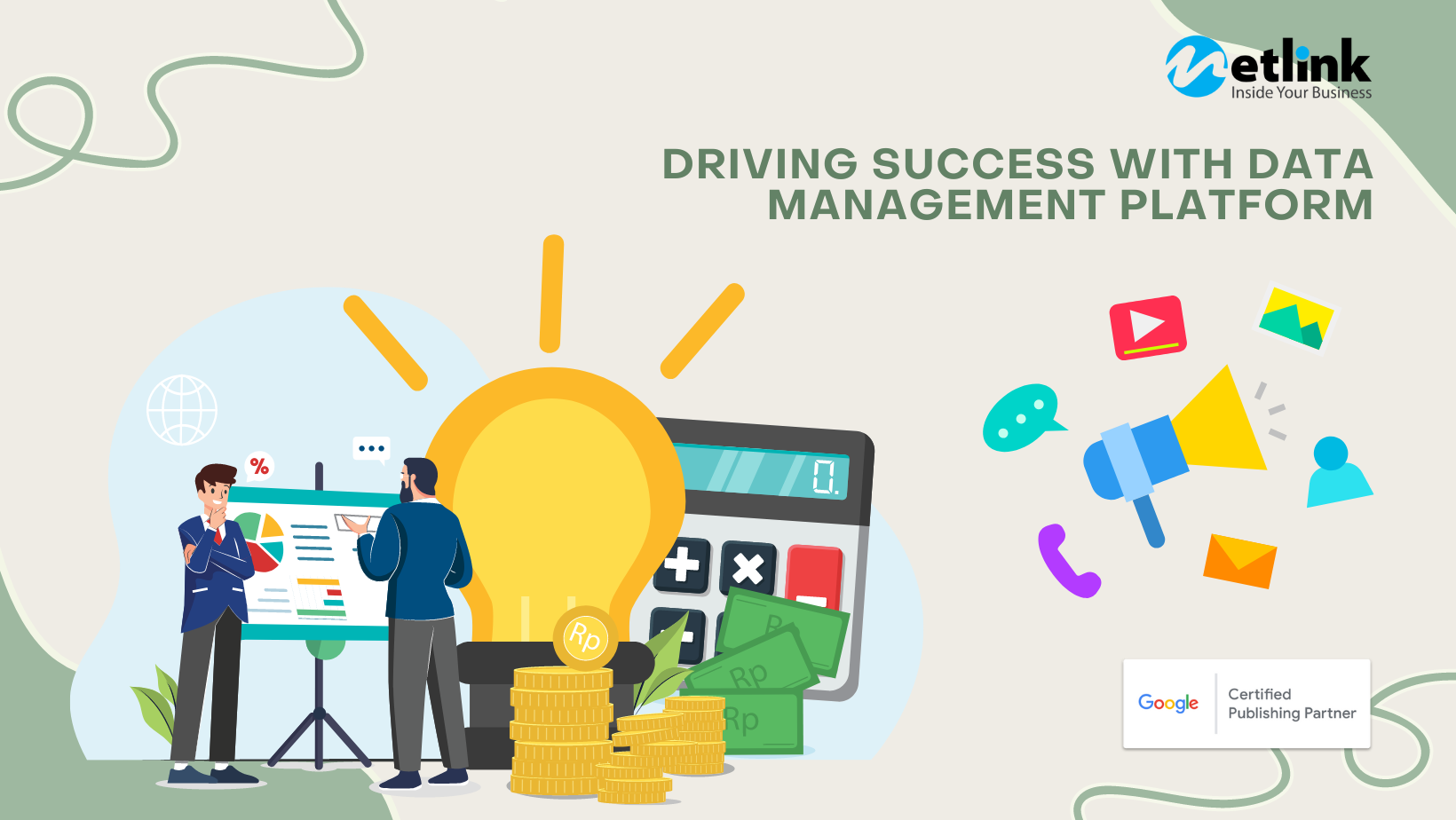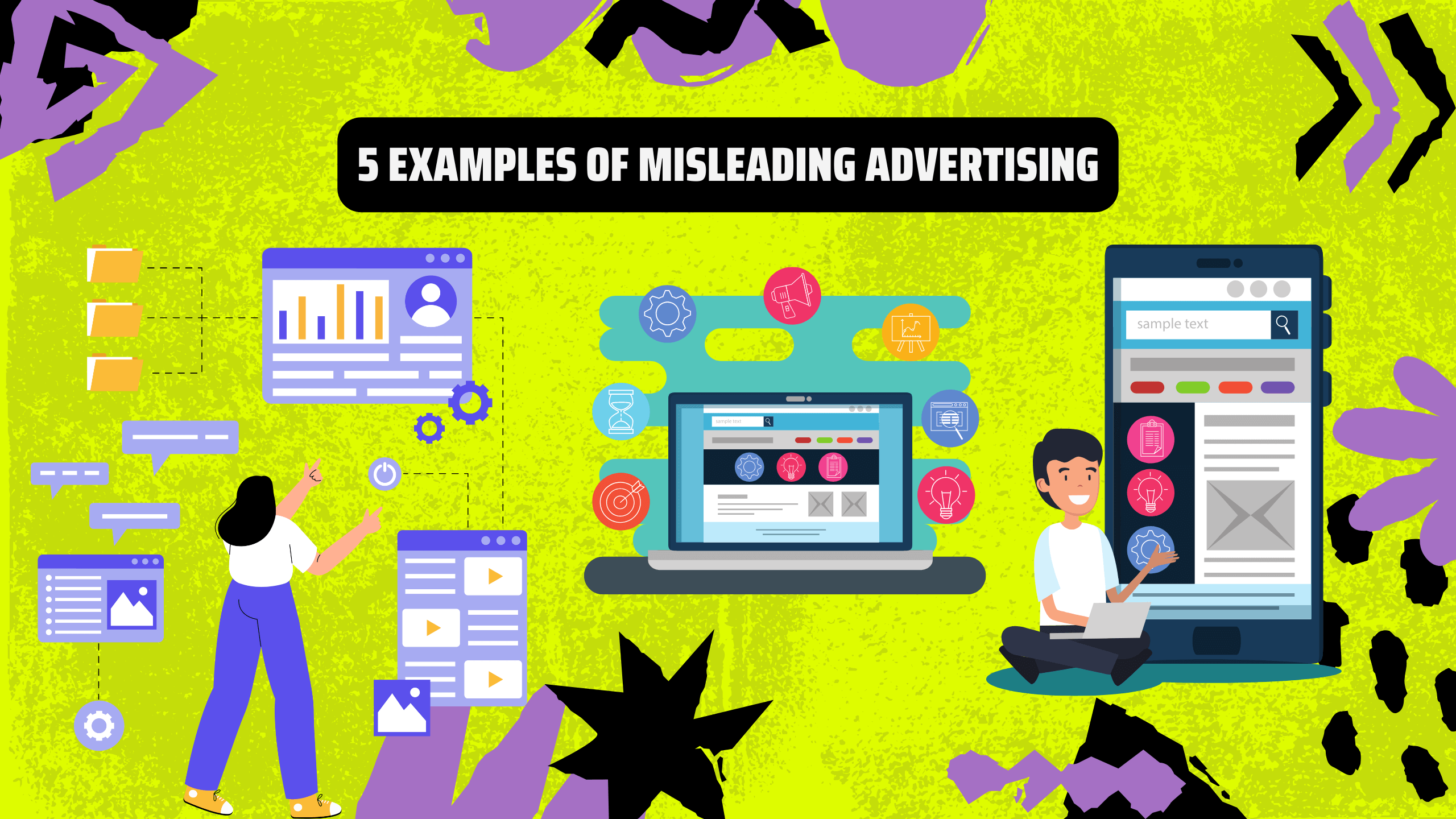In the era of data-driven marketing, data management platforms (DMPs) have become integral to the success of businesses. This comprehensive blog explores the world of DMPs, their key components, and the significant role they play in harnessing data for effective audience targeting, campaign optimization, and personalized marketing strategies. Discover how DMPs empower marketers to unlock valuable insights and drive impactful decision-making in today’s competitive landscape.
I. Overview of DMP:
Defining DMP: Understand the fundamental concept and functionality of DMPs in collecting, organizing, and activating audience data.
Importance of DMPs: Explore the relevance and impact of DMPs in today’s data-driven marketing landscape.

II. Key Components:
– Data Collection: Learn about the process of collecting and aggregating data from various sources, such as websites, mobile apps, CRM systems, and third-party providers.
– Data Segmentation: Discover how DMPs categorize and segment audience data to create granular and meaningful audience segments for targeted marketing campaigns.
– Audience Insights: Explore how DMPs leverage data analytics to uncover valuable audience insights, such as demographics, interests, behaviours, and purchase patterns.
– Data Activation: Understand how DMPs enable marketers to activate and utilize audience data across multiple marketing channels for precise targeting and personalization.
III. Benefits of Data Management Platform:
1. Enhanced Audience Targeting:
Harness the power of DMPs to reach the right audience with highly targeted and relevant messages, resulting in improved engagement and conversion rates.
2. Personalized Marketing:
Leverage DMPs to deliver personalized experiences by tailoring marketing messages based on individual preferences and behaviours, creating stronger connections with customers.

3. Campaign Optimization:
Utilize data-driven insights from DMPs to optimize marketing campaigns, refine targeting strategies, and maximize ROI by focusing efforts on high-performing segments.
4. Cross-Channel Marketing:
Seamlessly execute cross-channel marketing initiatives by integrating DMPs with various marketing platforms, enabling consistent messaging and customer experiences.
IV. Examples with Data Management Platform:
– E-commerce: Explore how an e-commerce company leveraged DMPs to personalize product recommendations, target high-value customers and drive repeat purchases.
– Travel Industry: Discover how a travel company utilized DMPs to create unique travel experiences, segment customers based on travel preferences, and deliver personalized promotions.
– Media and Entertainment: Learn how DMPs enabled a media company to optimize ad targeting, deliver relevant content to specific audience segments, and enhance advertising revenue.
V. Best Practices:
– Data Quality and Compliance: Prioritize data quality and adhere to data privacy regulations to ensure accurate and ethical data usage.
– Integration and Collaboration: Integrate DMPs with other marketing technologies and collaborate with cross-functional teams to unlock the full potential of audience data.
– Test and Refine: Continuously test and refine targeting strategies, audience segments, and campaign performance using DMP insights.
– Data Security: Implement robust security measures to protect audience data and ensure compliance with data protection regulations.
VI. Challenges:
With all good things, what about the challenges of data management platform? Let’s find out:
– Data Governance: Overcome challenges related to data governance, including data quality, data silos, and data integration.

– Privacy Concerns: Address privacy concerns and comply with data protection regulations to maintain customer trust and transparency.
– Talent and Expertise: Acquire the necessary talent and expertise to effectively manage and leverage DMPs for optimal results.
VII. Future Trends:
– Artificial Intelligence and Machine Learning: Explore how advancements in AI and ML will enhance the capabilities of DMPs, enabling more sophisticated audience segmentation and predictive analytics.
– Privacy and Consent Management: Consider the evolving landscape of data privacy regulations and the importance of obtaining customer consent for data collection and usage.
– Integration with Customer Data Platforms (CDPs): Discover the potential synergies and benefits of integrating DMPs with CDPs to create comprehensive customer profiles and deliver seamless personalized experiences.
Conclusion:
Data management platforms (DMPs) have become essential tools for marketers in harnessing the power of data for effective audience targeting, personalization, and campaign optimization. By leveraging DMPs, businesses can gain valuable insights, enhance audience engagement, and drive impactful marketing strategies in the data-driven era. Embrace the potential of DMPs and unlock the power of data-driven insights to propel your marketing efforts to new heights of success.











